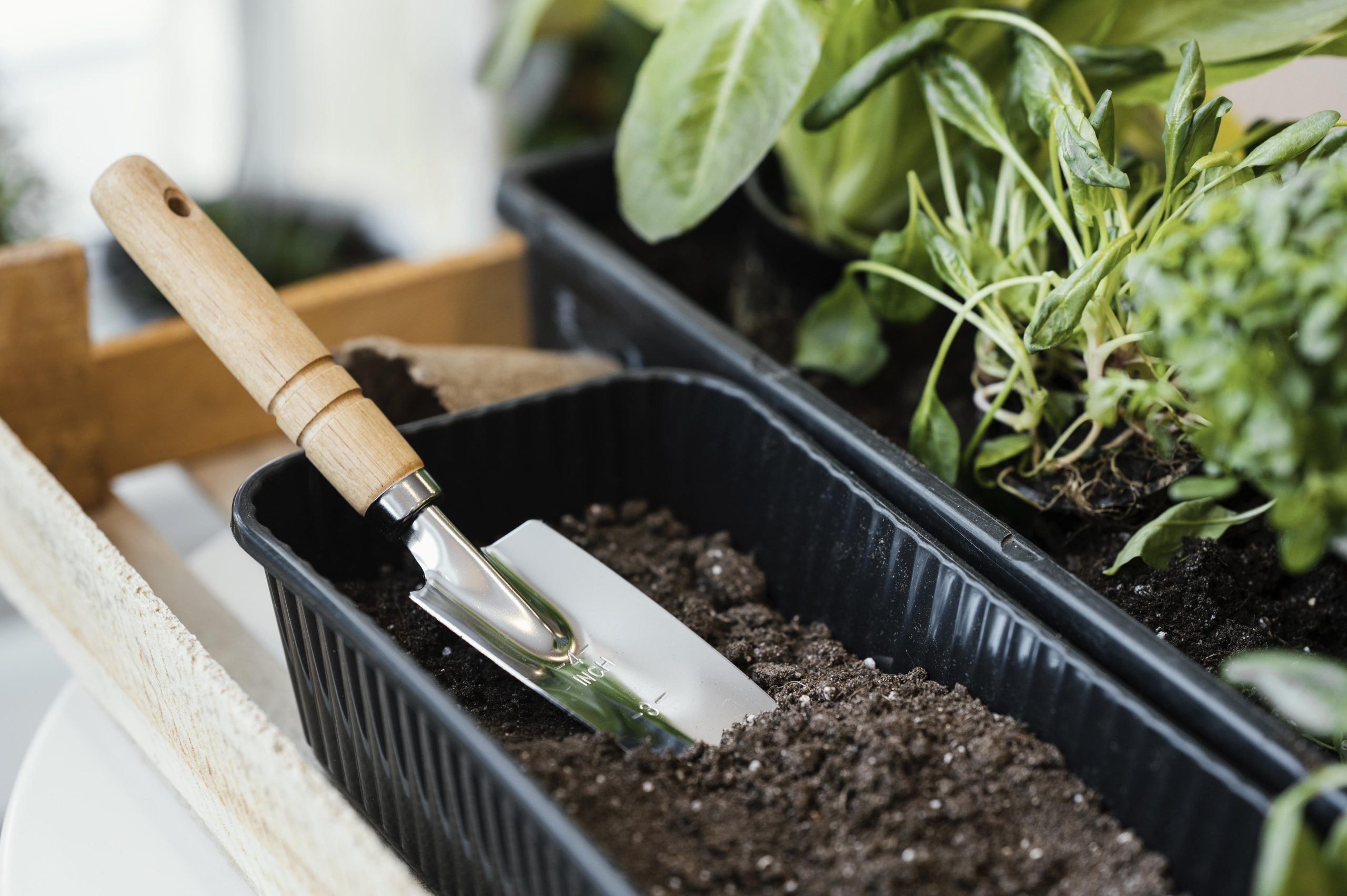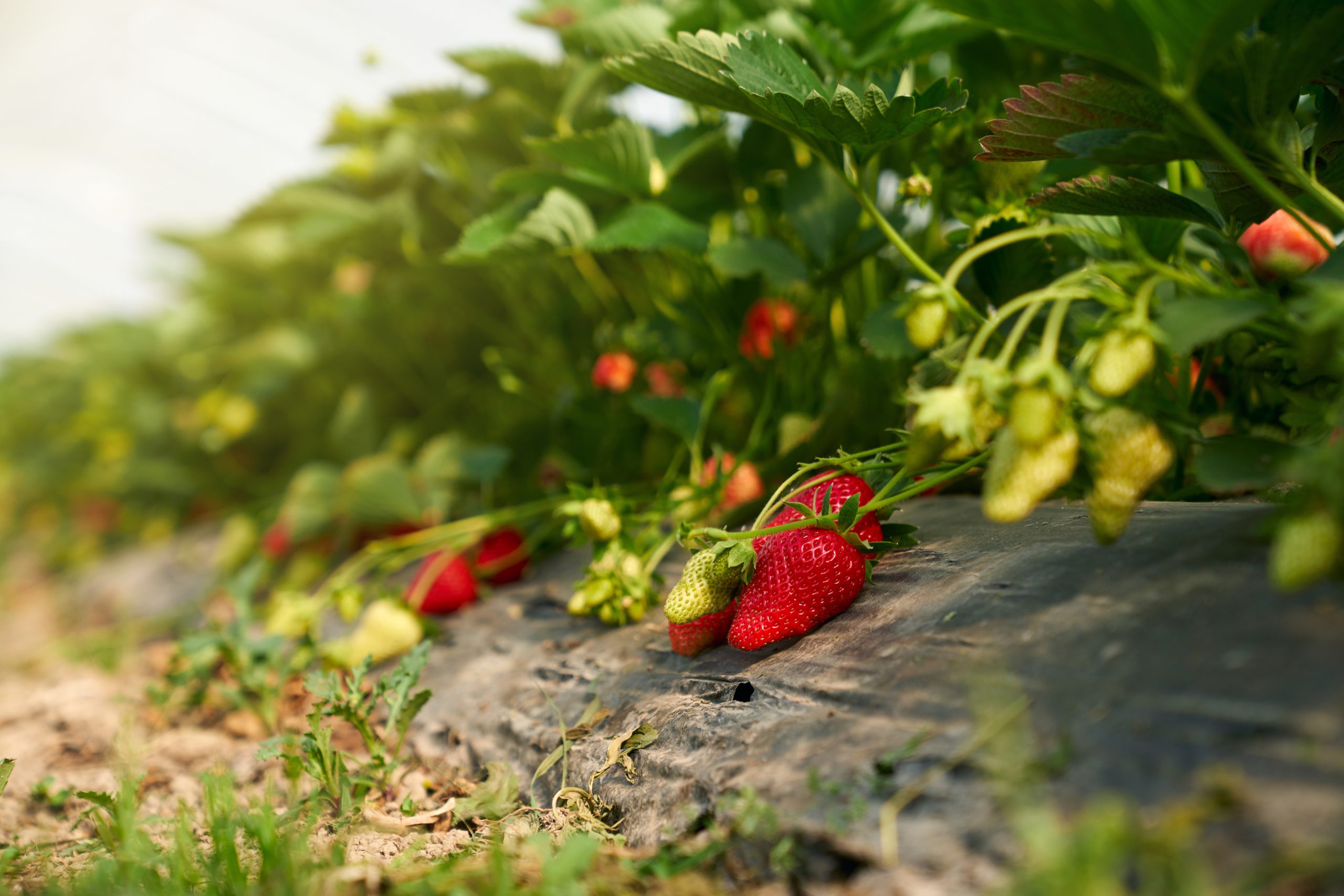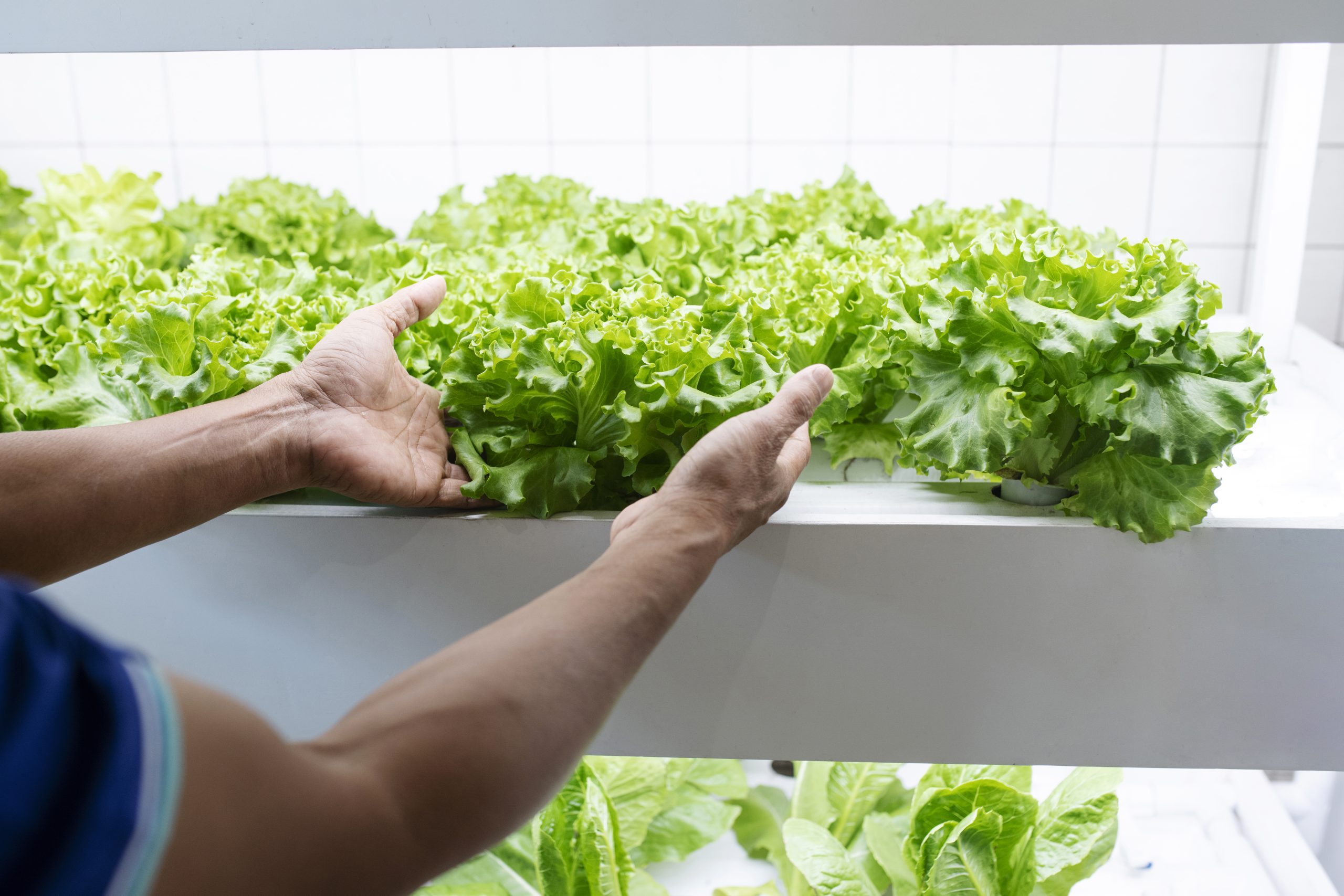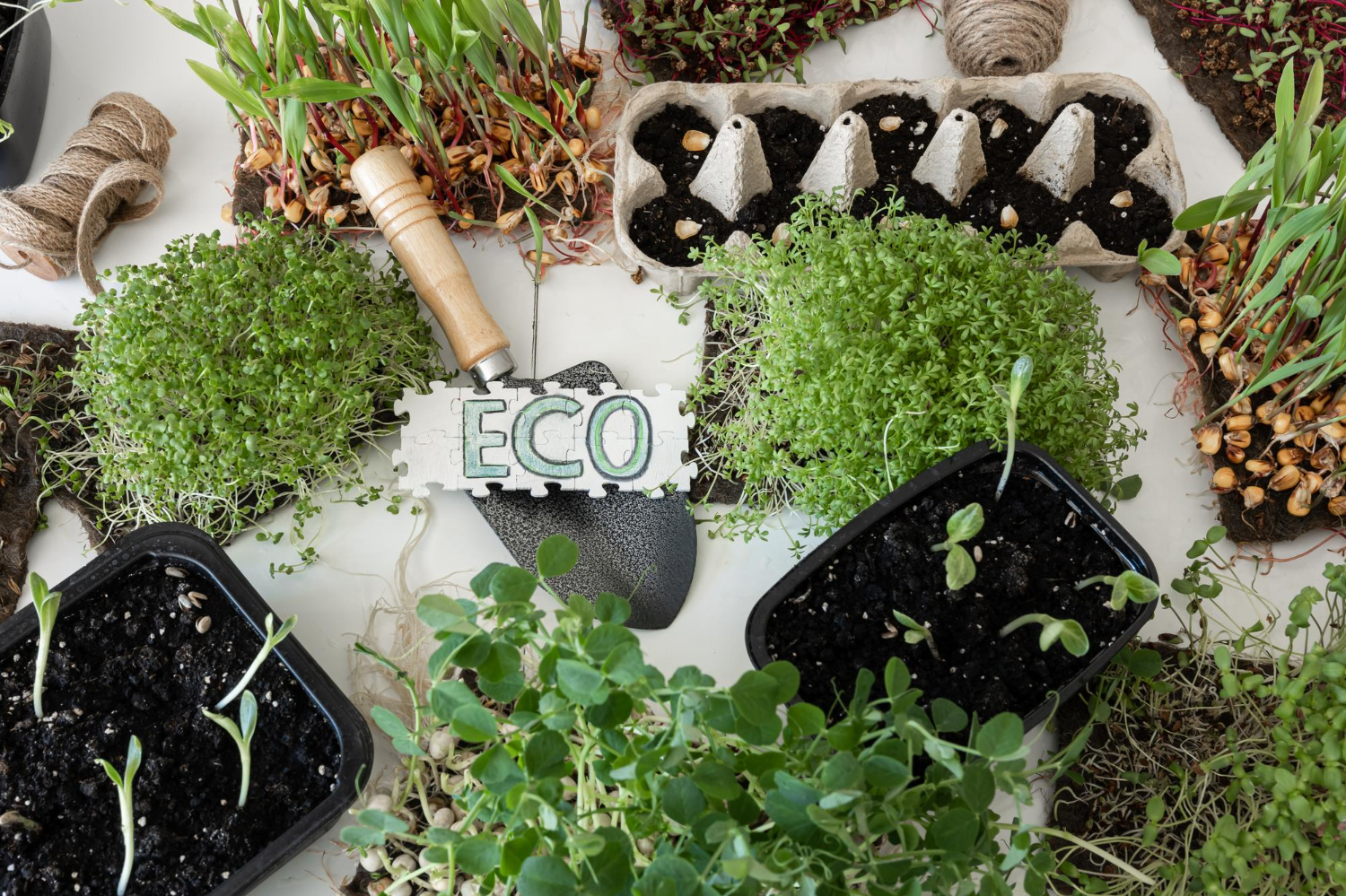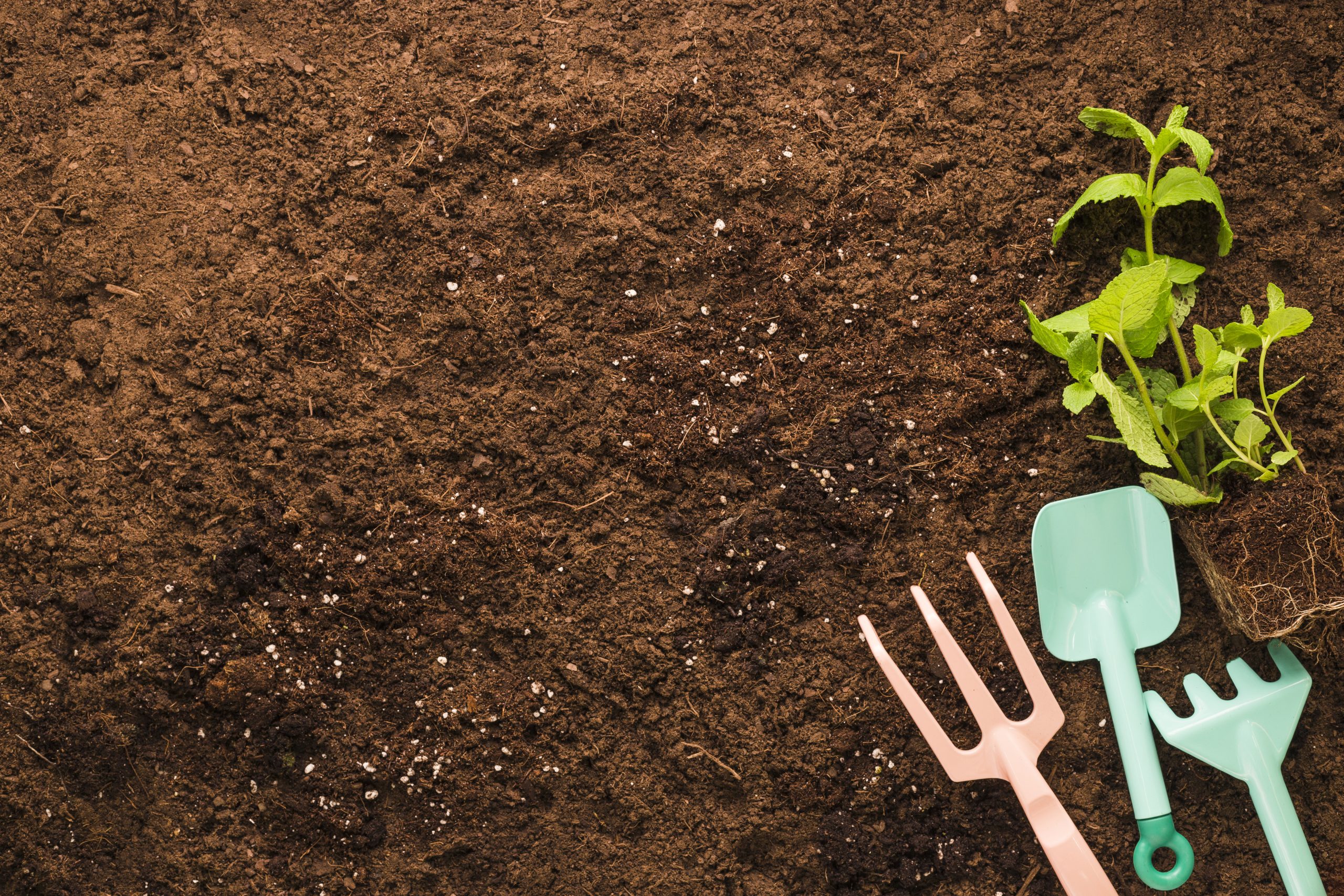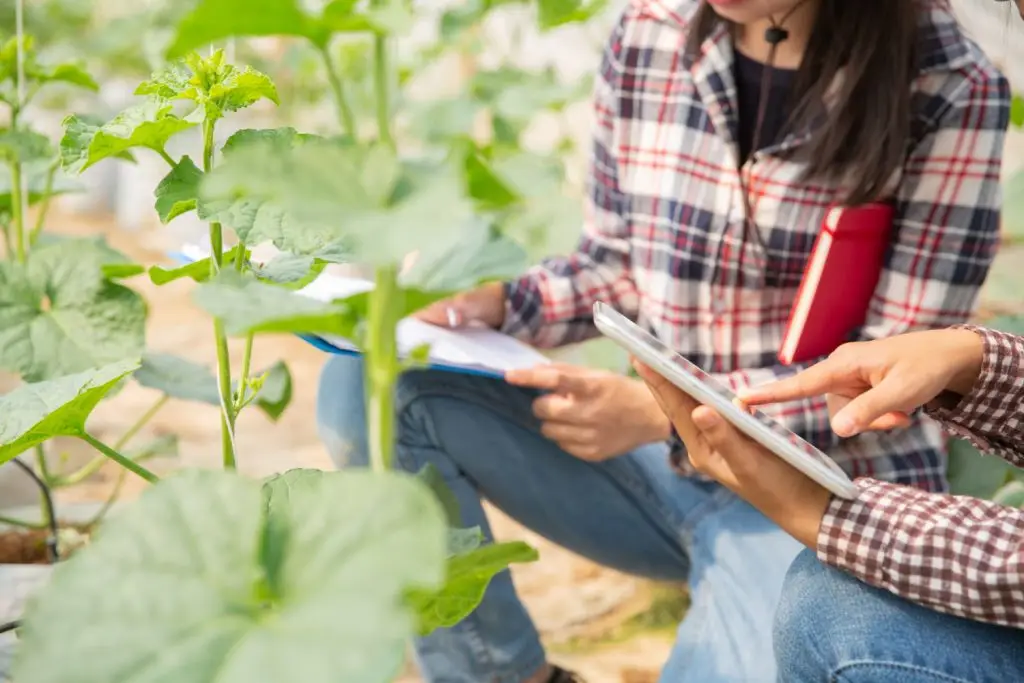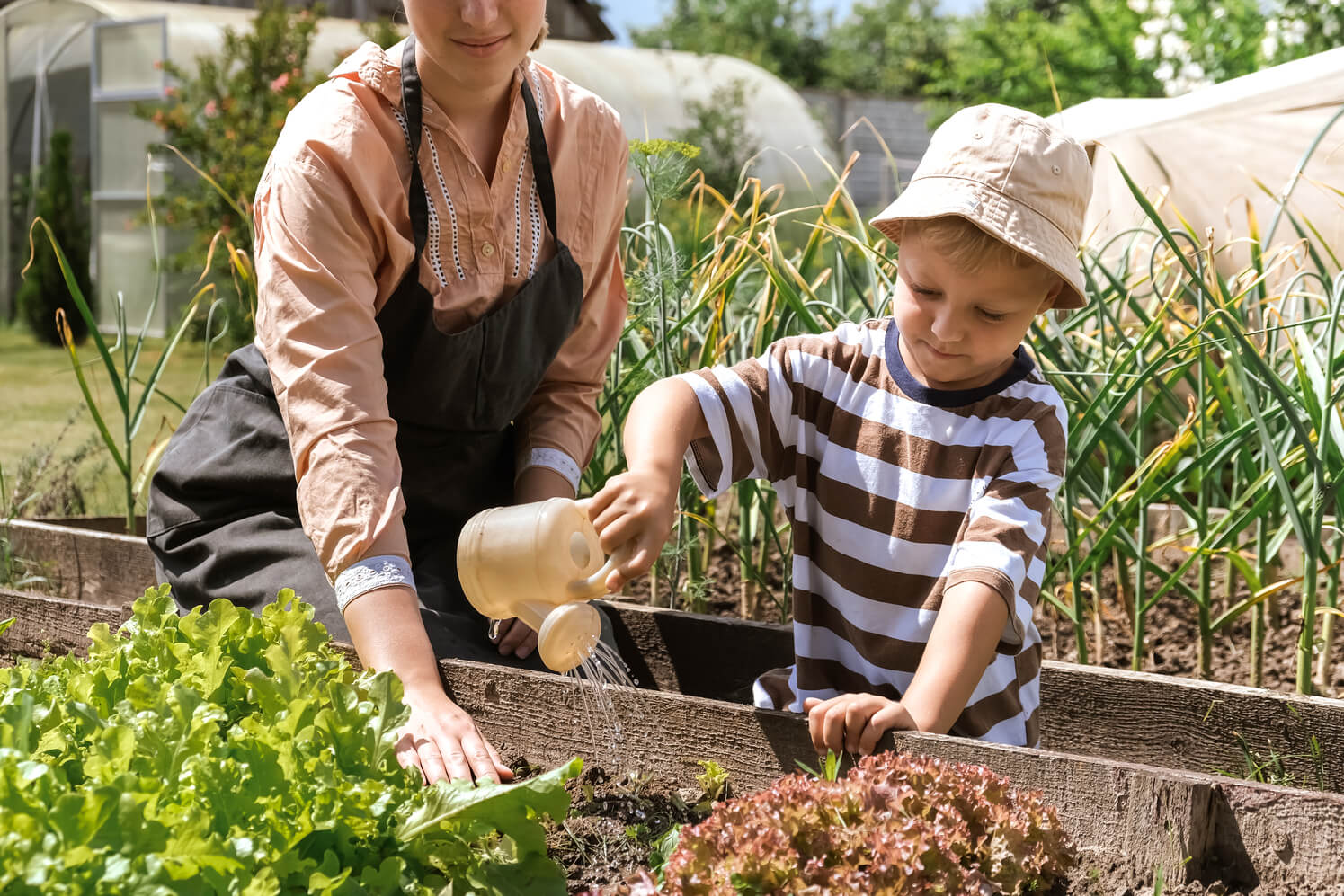How do I start my basic orchard?
July 6, 2023
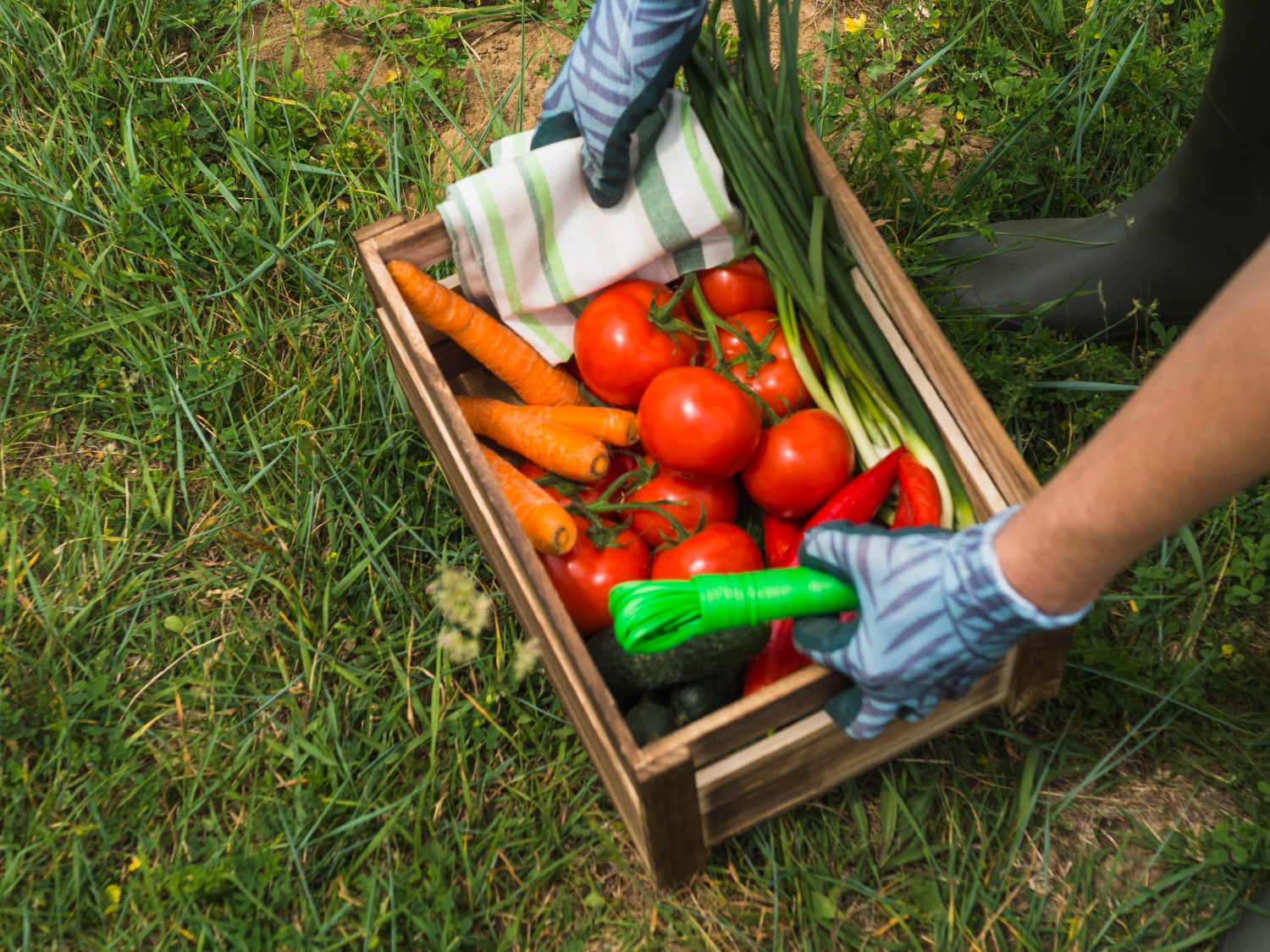
Growing in a basic backyard garden is a great way to connect with nature, grow your own food and enjoy a healthier diet. If you are new to gardening and are interested in starting your own garden, this article will provide you with a detailed step-by-step to get you started. From selecting the right site to preparing the soil, sowing the seeds and caring for the plants, we will guide you through the basics of establishing and maintaining a successful basic vegetable garden.
With a little patience and dedication, you can harvest your own fresh and tasty vegetables in no time. So let's get down to work and start this exciting adventure in the world of gardening!
Publish your garden for free today
Making a cultivation plan
To find out what kind of vegetables and how many kilos we need each week, we make a list of our family's approximate needs.
Secondly, we will see which vegetables work best in our area and what is the sowing and harvesting season for each one.
The owners of the gardens themselves can advise us and even the gardeners who may have been there longer and touch us as neighbours.
In this case, we are talking about it being for self-consumption only, not for sale.
It is important to have clear TIPS when planting:
- Rotate vegetables, i.e. plant them in different places, even if they belong to the same family. For example: tomato, aubergine and potato belong to the same family.
- Interspersing different species, e.g. vegetables that need guidance with low-growing vegetables such as cauliflower.
- Carry out staggered sowing, for those that we are going to need continuously, such as lettuce and chard.
- Potatoes, garlic, pumpkin or onion will not need this because they keep well for a long time.
Get some tools
When it comes to basic vegetable gardening, having the right tools is essential to facilitate the tasks of soil preparation and plant maintenance. There are many specialised tools available on the market, but it is advisable to have at least one to start with. shovel, a rake and a hoe.
Remember that when choosing your tools, it is important to opt for those that are of good quality, durable and comfortable to use. You may also consider the option of ergonomic tools, designed to reduce strain and stress on your body, especially if you plan to spend long periods working in your garden.
Prepare the soil with compost
This can be compost or organic manure, worm castings or farmyard manure.
The soil must be prepared at least one month before sowing.
Soil preparation consists of turning the soil over and leaving it loose and fluffy. This will allow the roots to develop better and the plant will have many benefits.
You can do a small test by picking up soil with your hand and making a small ball, if it stays, but is not compacted, congratulations, your soil is ready.
Once we have prepared the ground, we have to make the raised beds, which will have a height of about 40 - 50 cm above ground level, leaving 50 cm aisles between them so that we can move around.
By following these tips, you will be on the right track to a successful and abundant vegetable garden. Remember to be patient and dedicate time and attention to your plants, as the growing process is fascinating and full of learning. Besides, there is no more satisfying feeling than harvesting your own vegetables and savouring the fruits of your labour.
Latest posts
